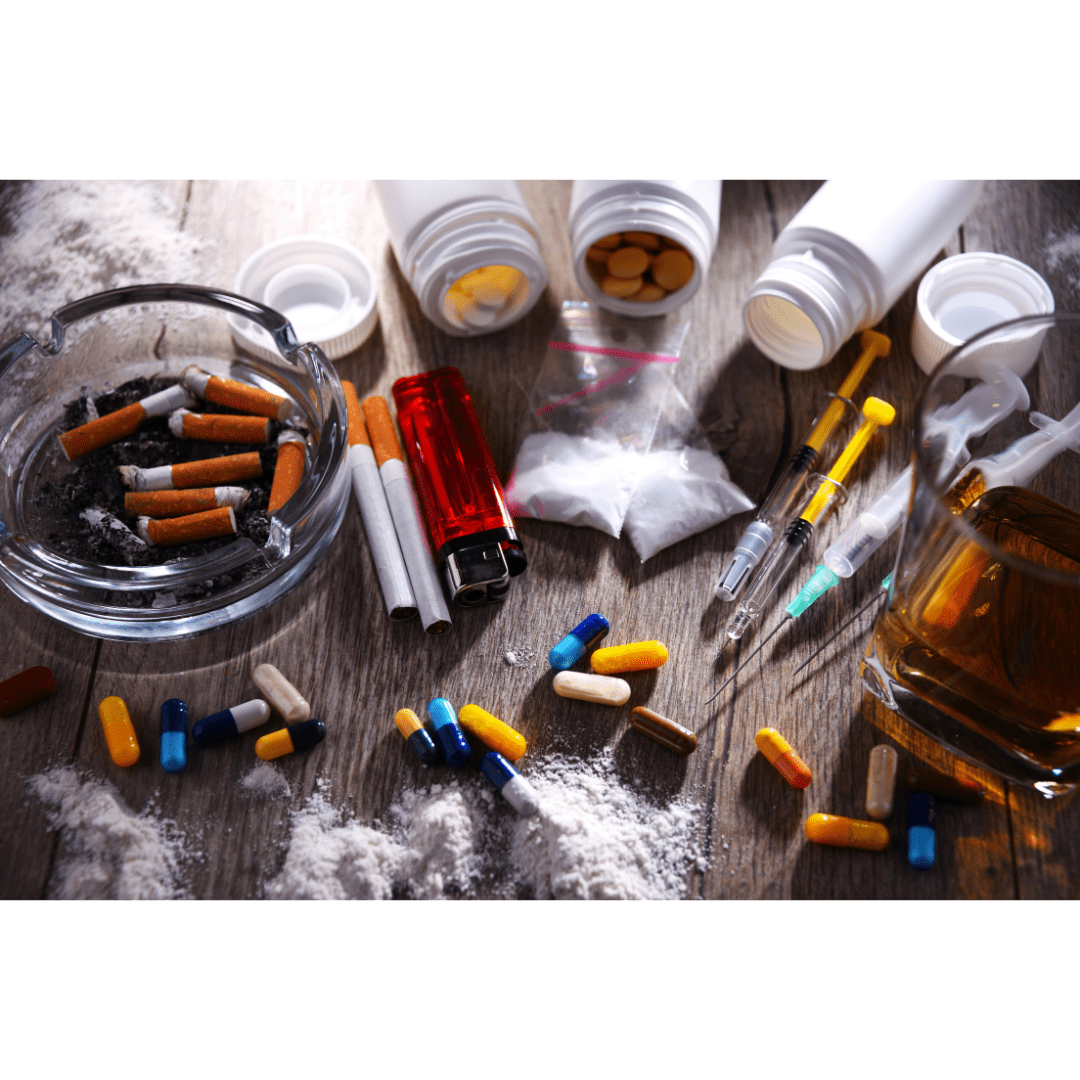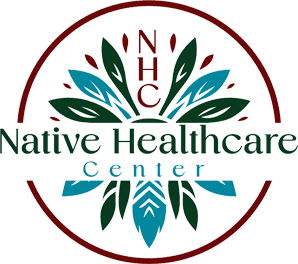
Substance Use and Addiction Rates in Native Communities
Substance abuse is another area of serious concern, as Native American communities experience disproportionately high rates of alcohol and drug use disorders:
- High Prevalence of SUD: American Indian/Alaska Native populations have some of the highest rates of substance use disorders (SUDs) in the nation . They are more likely to use and become dependent on alcohol, opioids, methamphetamine, and other drugs. As noted above, about 1 in 10 Native adults battle both mental illness and substance abuse concurrently , reflecting how intertwined addiction and mental health can be.
- Alcohol Abuse and Mortality: Alcohol abuse has historically impacted Native communities. While not all Native people drink (in fact, overall alcohol use prevalence is not higher than the general public), the harms from alcohol are greater. From 2016 to 2020, the alcohol-induced death rate for AI/AN people was 51.9 per 100,000 – over 4 times higher than the rate for the U.S. population overall (11.7 per 100,000) . Diseases like cirrhosis and alcohol-related liver failure occur at much higher rates in Native Americans . Alcohol-related motor vehicle fatalities and injuries also disproportionately affect Native communities. These statistics underscore a need for addiction treatment and prevention tailored to Native populations.
- Early Onset of Use: Native youth tend to start using alcohol and drugs at younger ages and at higher rates than youth from other ethnic groups . Studies have found Native adolescents have earlier first use of substances and higher levels of binge drinking, marijuana use, and illicit drug use in their teens. This early initiation increases the risk of developing addiction problems in adulthood and suffering health consequences. Culturally relevant youth prevention programs are critical to address this.
- Opioids and Overdoses: The nationwide opioid epidemic has hit Indigenous communities especially hard. In 2019–2020, drug overdose death rates were highest for non-Hispanic AI/AN people – rising from 30.5 to 42.5 per 100,000 in one year . This 42.5/100k overdose death rate in 2020 was the highest of any racial group, about 30% higher than the rate for white Americans . The overdose death rate among Natives jumped 39% in just one year , largely due to opioids (like fentanyl) and methamphetamine. In fact, AI/AN communities have reported the highest prevalence of methamphetamine use and related overdoses in recent years . These alarming trends reflect both the rural nature of many Native areas (limiting access to emergency care or treatment) and the socio-economic stressors that can fuel substance abuse. Efforts like the Tribal Opioid Response program and culturally informed treatment services are being implemented to combat this crisis.
Sources: The statistics above are drawn from recent data and reports by the CDC, Indian Health Service, Office of Minority Health, academic research, and Native advocacy organizations. They highlight the critical importance of improving mental health support in Native and Indigenous communities – from increasing access to culturally competent care, to addressing historical trauma, to investing in suicide prevention and addiction recovery programs . By understanding these facts, we can better support social media awareness campaigns and public health initiatives that honor Indigenous perspectives and promote healing.

